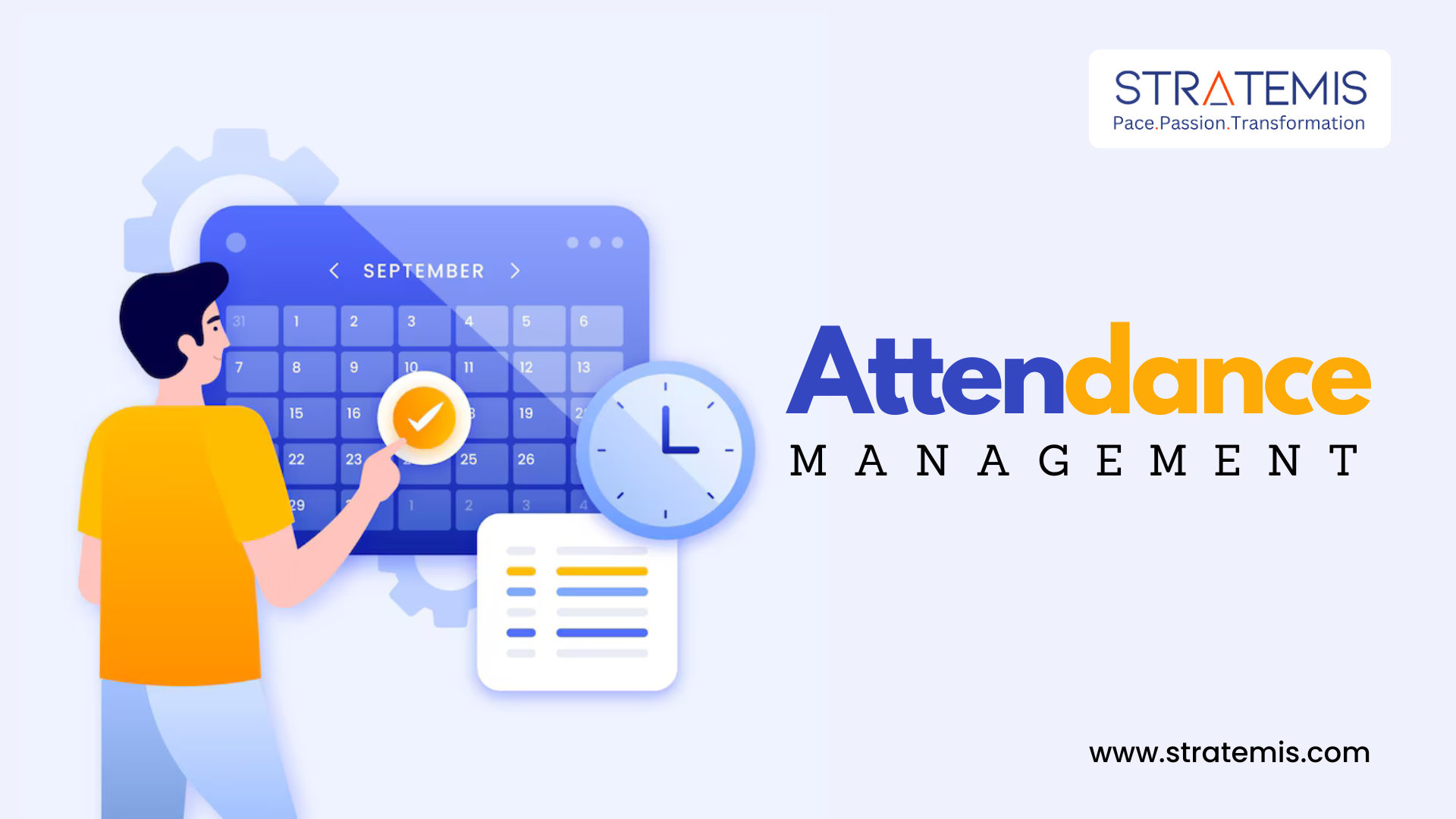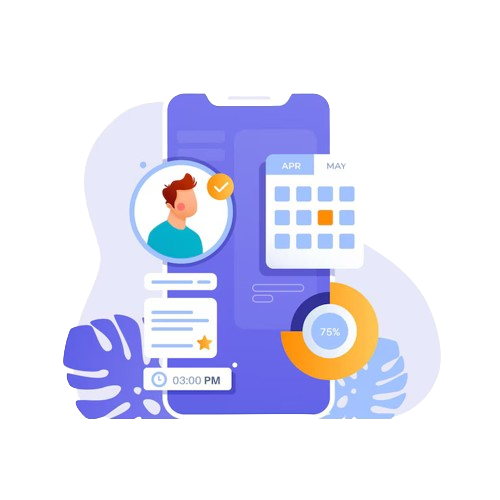What is an Attendance Management System?
Welcome back to our deep dive into the world of HRMS! In our previous blogs, we laid the groundwork for understanding what exactly an HRMS system is. Today, we’re zooming in on a specific area that often plagues HR teams: attendance management. By exploring how an HRMS attendance module can revolutionize your time and attendance tracking, we aim to equip you with the knowledge to optimize your HR operations.

Let’s face it: managing employee attendance is a constant struggle. Missed punches, late arrivals, and endless spreadsheets can turn your HR team into human calculators. But there’s a better way. Enter the HRMS attendance module – your new secret weapon for efficient workforce management.
The Challenges of Traditional Attendance Management
Before delving into the intricacies of HRMS attendance modules, it’s essential to understand the pain points associated with traditional methods. These include:
- Manual Data Entry: The laborious process of manually recording attendance data is time-consuming, prone to errors, and inefficient.
- Time-Consuming Calculations: Calculating hours worked, overtime, and other attendance metrics can be complex and error-prone, especially for organizations with varying shift patterns.
- Lack of Real-Time Data: Traditional methods often provide delayed information, hindering effective decision-making.
- Inefficient Leave Management: Tracking leave balances, processing requests, and ensuring compliance with leave policies can be cumbersome.
- Compliance Risks: Adhering to labor laws and regulations related to attendance and timekeeping is complex and requires meticulous record-keeping.
- Limited Reporting Capabilities: Generating comprehensive attendance reports for analysis and decision-making is often challenging.
Core Components of an HRMS Attendance Module
An HRMS attendance module is a sophisticated software solution designed to streamline and optimize attendance management processes. It typically comprises the following core components:
1. Data Input Methods:
- Biometric Systems: Leveraging fingerprint, facial recognition, or iris scanning technology for accurate and secure attendance tracking.
- Proximity Cards: Using RFID or magnetic stripe cards for employee identification and timekeeping.
- Mobile Applications: Enabling employees to record attendance through smartphone apps, offering flexibility and convenience.
- Manual Entry: Providing a backup option for exceptional circumstances or system failures.
2. Time and Attendance Calculations:
- Shift Scheduling: Accommodating various shift patterns, including fixed, rotating, and irregular schedules.
- Overtime Calculations: Automatically calculating overtime based on predefined rules, considering factors like daily/weekly limits, overtime rates, and exceptions.
- Break Management: Tracking scheduled and unscheduled breaks, ensuring compliance with labor regulations.
- Shift Differentials: Calculating additional pay for night shifts, weekend work, or holidays.
- Leave Types: Supporting various leave categories (sick leave, vacation, maternity/paternity leave, etc.) with specific accrual rules and eligibility criteria.
- Leave Balances: Accurately tracking employee leave balances and enforcing carryover policies.
- Leave Requests: Enabling employees to submit leave requests electronically, with automated workflows for approval and rejection.
- Absence Management: Managing unplanned absences, such as sick days or personal emergencies.
4. Data Storage and Reporting:
- Centralized Database: Storing attendance data securely for easy access and analysis.
- Data Security: Implementing robust security measures to protect sensitive employee information.
- Customizable Reports: Generating a wide range of attendance reports, including attendance summaries, overtime reports, leave reports, and compliance reports.
- Data Integration: Seamlessly integrating attendance data with other HR modules (payroll, performance management) for holistic insights.
How an HRMS Attendance Module Works
The typical workflow of an HRMS attendance module involves the following steps:
- Data Capture: Employees record their attendance using the designated method (biometric, card, app, or manual).
- Data Validation: The system verifies the accuracy and consistency of the captured data.
- Time and Attendance Calculations: The module calculates hours worked, overtime, breaks, and other relevant metrics based on predefined rules.
- Leave Management: Leave requests are processed, balances are updated, and accruals are calculated.
- Data Storage: Attendance data is stored securely in the HRMS database for future reference and analysis.
- Report Generation: The system generates various attendance reports based on user-defined parameters.
- Integration: Attendance data is integrated with payroll and other HR modules for seamless processing.


Benefits of an HRMS Attendance Module
By implementing an HRMS attendance module, organizations can reap numerous benefits:
- Increased Efficiency: Automation of time-consuming tasks, such as data entry and calculations.
- Improved Accuracy: Reduction of errors associated with manual data entry.
- Enhanced Compliance: Ensuring adherence to labor laws and regulations through accurate record-keeping.
- Better Decision Making: Access to real-time data and comprehensive reports for informed decision-making.
- Improved Employee Satisfaction: Streamlined leave management processes and self-service options.
- Cost Savings: Reduced administrative overhead and potential overtime costs through effective workforce management.
Conclusion
An HRMS attendance module is a powerful tool that can significantly enhance an organization’s HR operations. By automating processes, improving data accuracy, and providing valuable insights, it empowers HR teams to focus on strategic initiatives while ensuring efficient and compliant attendance management.
Time to simplify your life.
In our next blog, we’ll delve into the world of performance management and explore how HRMS can help you set goals, track progress, and foster a high-performance culture. Stay tuned!
- 10th floor, Tower B, Unitech Cyberpark, Sector 39, Gurugram, Haryana 122003
- +91 97115 88840
- info@stratemis.com
SUBSCRIBE NOW
Don’t miss our future updates!
- Privacy Policy
- Data Protection Officer : Pratyush Chatterjee
- +91 9899716164
Copyright © 2022 Stratemis All rights reserved.
